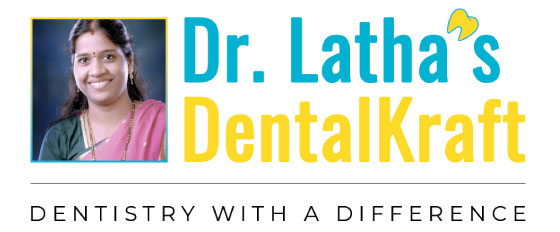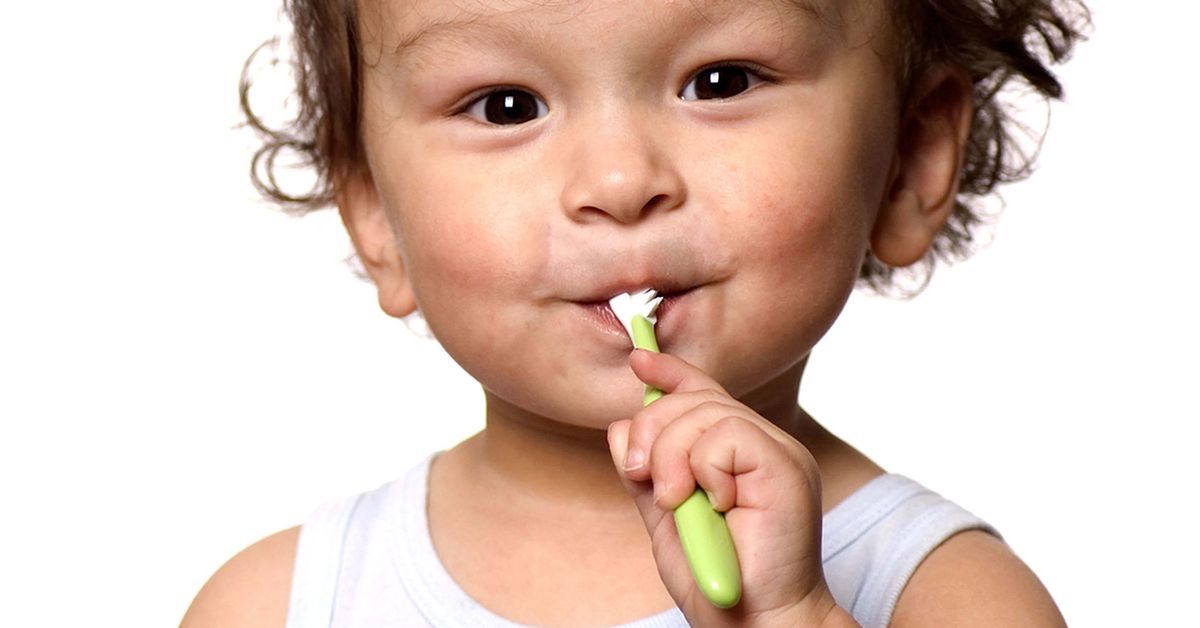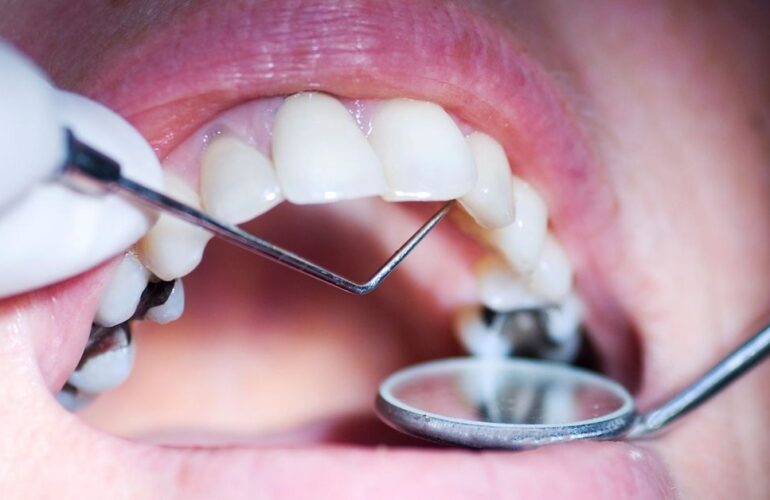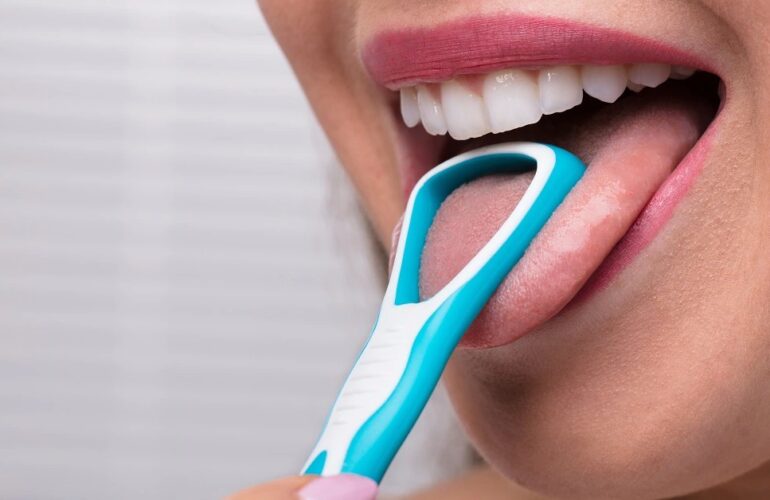When to Start Brushing
Brushing is something that we do since we were kids, every single day of our lives. But then again, it is natural to have doubts as to when to start brushing your baby’s teeth. Don’t worry, you can start brushing a baby’s teeth if they are out.
It might seem like a hard thing to do at first, but remember, your priority is not to just clean their teeth but to get them accustomed to brushing their teeth as a daily practice. Here are some points that you should keep in mind if you are brushing a baby.
The Right Equipment
If your kid hasn’t developed teeth yet, there is no need for toothpaste. All you have to do is wipe your baby’s gums with a clean, wet cloth. Once they start developing teeth, you can start using a toothbrush. Make sure the bristles are soft so that it doesn’t hurt your child.
In case you are skeptical about the switch, you can make the transition gentle by using a silicone finger-brush, which is extremely soft in their mouths. They are not as effective as your regular brushes, but they get the job done, and are fun for your kid as well.
Once they have more teeth, then you can use toothpaste to brush their teeth. There are a lot of kid toothpaste variants in the market. But just use a fluoride-free toothpaste variant to brush your child until they reach the age of 2, as the abrasive might not suit the teeth that are still in development.
When using toothpaste, just settle for a smear-sized amount when you are brushing kids under the age of 3, and move on to a pea-sized amount after 3 years.
The Right Technique
The best way to brush a child would be to lay them down so that you wouldn’t have to support their head. Lay them down on the changing table, lift their lips up and start brushing, and make sure that you don’t miss any spots, cover front and back and everything in between.
Babies can shake quite a bit, so have another adult to help you. This will make the process easier.
Otherwise, you can also make them sit on your knees, and that provides their heads ample support against your chest.
Gently go around in circles with the brush, covering every surface. Then ask them to spit the paste and rinse their mouths as well.
You can help them brush their teeth until they’re seven to make sure they are brushing right.
Make it fun
Making your kid brush can be a hard chore to do. Toddlers often are active and jittery, and this makes it hard to make them stay in one place so that you could help them brush.
You can make the process enjoyable for your kid by making brushing something that they would be interested in. For example, you can give them a brush with colorful characters from their favorite show, or something along the lines of that.
You can also make them dance for some song that they would associate with brushing so that they would look forward to brushing.
Further Dental Care
Sugary food promotes decay and cavities, but it is not about how much sugar they take in. If teeth have prolonged contact with sugar, that is a formula for further oral and dental issues.
Sugary gum, lollipops, and carbonated drinks high in sugar tend to damage the teeth as they require constant contact. Glucose, dextrose, sucrose, fructose, and maltose are some sugars that would promote these kinds of decay, so be sure to avoid them best as you can.
Rather, giving your kid healthier alternatives such as fruits and milk can help in keeping cavities at bay.
Check for sugar content in whatever baby food that you are planning to give your kid so that they aren’t affected by this sugar intake until they are 5.
And also, make sure you take your kid to pediatric dentists regularly so that you can keep track of your kid’s oral hygiene. These dentists can help cultivate a healthy affliction for oral and dental care in your kid, so make it a practice to keep them hale and healthy.
To summarize everything that we have learned so far, kids should be taught to brush regularly to maintain proper dental hygiene. They should do it at least twice a day, and as a parent, you are required to make sure that they do.




